October 4, 2018
American’s consume over 8BN plastic cups of yogurt every year[1] [2], making it one of America’s favorite breakfast staples. The story of yogurt, and our insatiable appetite for it, should also serve as a poignant example of how food and beverage companies can further innovate their supply chains to improve the sustainability of their products.
If food and beverage companies expect to meet ever-ambitious sustainability objectives, they must think outside their traditional supply chains and supplier relationships in favor of companies that are disrupting the status quo. Comet is an example of a new wave of companies re-imagining and reinventing the traditional supply chain to create products that are healthier and more sustainable. We make high quality ingredients using agricultural leftovers. Our products taste identical to their traditional counterparts but are produced in a manner that is more sustainable and allows farms to utilize their entire harvest. Let’s examine what could be possible if a food company produced a cup of yogurt using Comet’s technology throughout the product’s life-cycle from ranch to rubbish.
Let’s start at the beginning: The Cow
We all know the environmental impact of animal agriculture is significant[3]. This is primarily due to the emissions from the animals themselves, not to mention all the energy and water needed to maintain the animal’s health and provide it with a steady nutritional diet. Until we decide to move exclusively to plant-based yogurt — which is unlikely to happen anytime soon — one way to improve the environmental profile at this stage of production is by upgrading the animal’s food. Instead of feeding cattle a traditional diet of food intended for human use, the environmental profile of a cup of yogurt could be significantly improved if we simply gave the cow animal feed that is more sustainable.
Comet offers animal feed binding and pelleting solutions that can help improve the efficiency of animal feed and act as an excellent nutrient carrier. Our liquid binders enhance the feed ingredients themselves to optimize their nutritional value, while our feed binders and additives improve the digestive track of the cow itself. By simply upgrading the ingredients we feed our cows, we can improve the sustainability of this stage in the supply chain.

Next up: An Environmentally Friendly Sweetener:
To create a more perfect cup of yogurt, and achieve increasingly ambitious sustainability goals, food companies must look beyond just the high-profile ingredients. They must go deeper into the supply chain, and further down the ingredient list. Comet can produce sustainable sugars, such as non-GMO Dextrose, that can be used for fermentation and to help improve the coloring, texture, and taste of baked goods, nutrition bars, and most importantly yogurt. Our Dextrose is indistinguishable from our competitors, with the exception that it emits 64 percent less greenhouse gases over its entire life-cycle. This means companies can achieve big sustainability gains without compromising the quality of their products. In fact, replacing the sweetener in flavored yogurt would result in 64%[1] less GHG emissions compared to its conventional counterpart.
Last but not least: Packaging:
This is an area where food and beverage companies have made the biggest strides and deserve credit for the changes they have made. That said, plastic use is still pervasive, so apart from eliminating it altogether, more should be done to minimize its environmental impact.
Our industrial Dextrose is an ingredient that can be used to produce plastic materials, which are utilized by packaging manufacturers to make a more environmentally friendly container. Like our dextrose made for food and beverage companies, our industrial dextrose is more sustainable than the petrochemicals currently used to make plastic. Because it is made from farm leftovers like corn stalks and wheat straw, our industrial dextrose supports regenerative agricultural practices such as no-till farming. Considering Americans consume over 8BN plastic cups of yogurt a year, changing to a more sustainable package could have a significant impact on the environmental footprint of the yogurt industry.
Food and beverage companies have done an impressive job improving the sustainability of their products. However, if they expect to make additional gains, it will be critical they continue thinking outside the box, adopting new technologies, ingredients, and approaches that create even greener products. Luckily, for companies and consumers alike, these technologies exist today, and the perfect cup of yogurt is right around the corner.
[1] “U.S. Yogurt per Capita Consumption, 2017 | Statistic.” Statista, www.statista.com/statistics/184309/per-capita-consumption-of-yogurt-in-the-us-since-2000/.
[2] Google, Public Data and Population in the U.S. 2018. https://www.google.com/publicdata/explore?ds=kf7tgg1uo9ude_&met_y=population&hl=en&dl=en. Accessed 20 Sept. 2018
[3] “Tackling Climate Change through Livestock // FAO’s Animal Production and Health Division.” International Rice Commission Newsletter Vol. 48, FAO of the UN, www.fao.org/ag/againfo/resources/en/publications/tackling_climate_change/index.htm.
[4] Source: Comet LCEA performed by Delphi Group, February 2018






